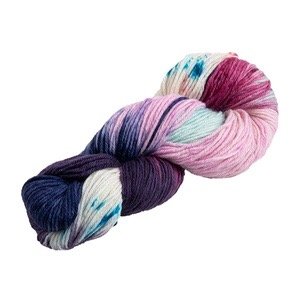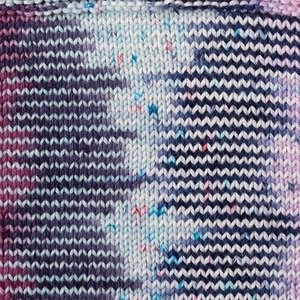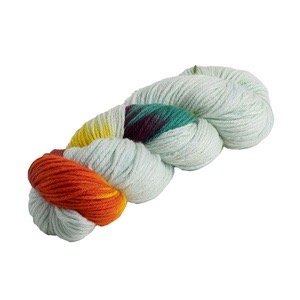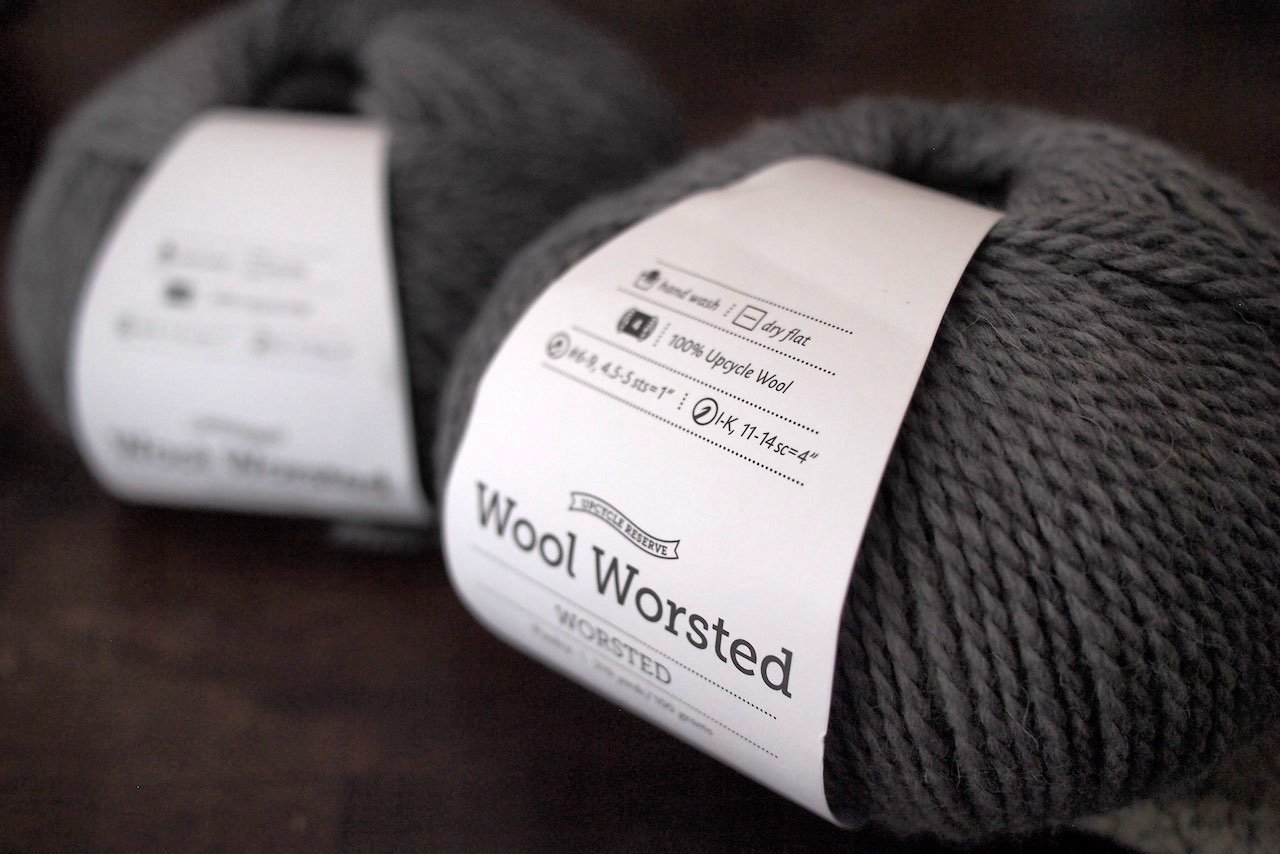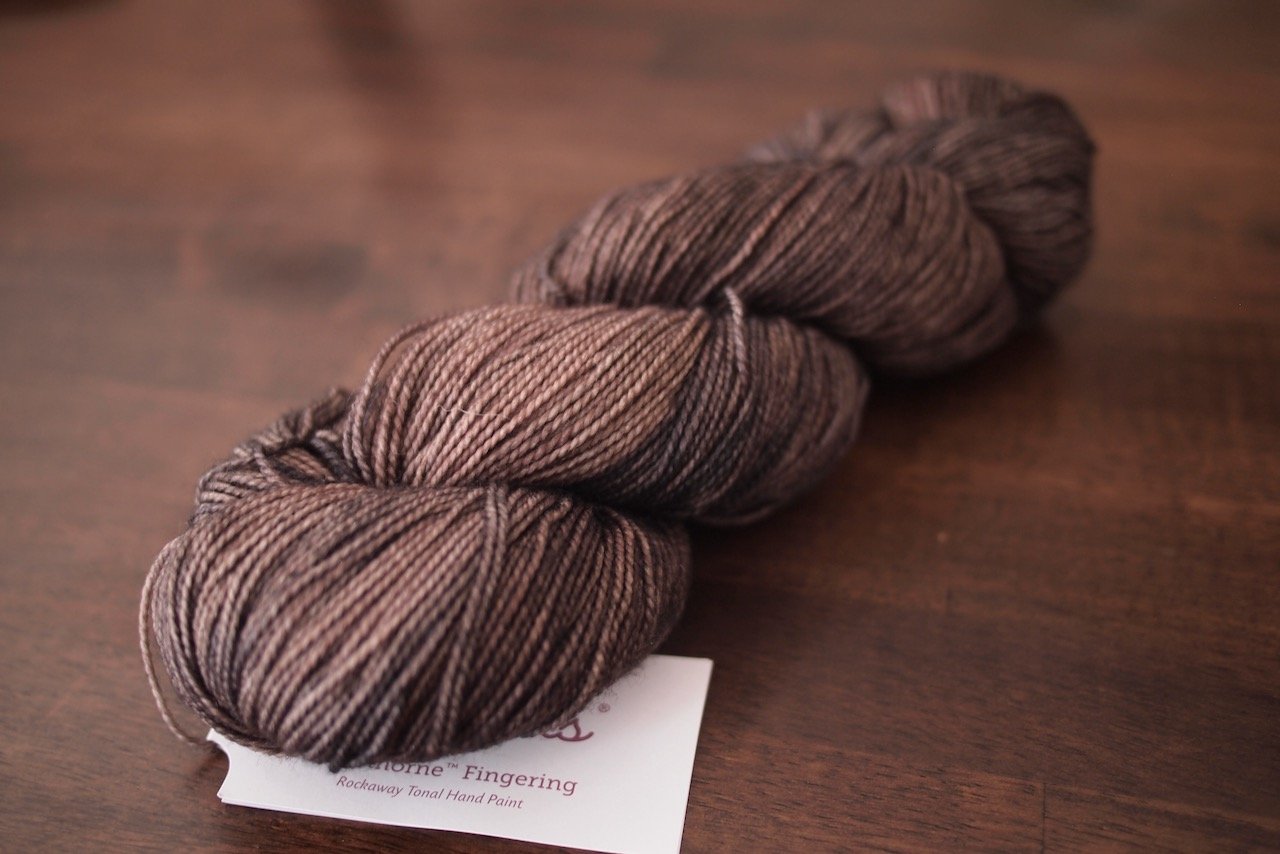When this yarn finally arrived, it was hard to feel like this purchase was worth it. Will I knit something nice with it? Yes. Will it likely be mailed to someone else as a gift? Yes. Will that mean someone will have to deliver this stuff the way that the yarn was delivered to me?
Am I able to help that as a small part of a society that proves that at its core it doesn’t care about anyone in it (except the rich apparently)?
It’s nearly October now. Over six anxious, watchful months later. Stories continue to circulate about the pandemic’s disastrous effect on the working class.
I look at this bundle of yarn, still in its little plastic bag, an unintended quarantine of its own from the rest of my yarn stash. I wouldn’t call this feeling remorse anymore. Reflecting on the little way that hobbies can be the reason why someone’s life is made worst is worth it. Doing the least harm as a crafter may be possible. I could have lived without extra yarn purchased today, if I’m honest.
Is it fair to ‘just put it out of your mind’ and ‘not be so hard on yourself?’
This is a typical response I get when letting someone in on this thought process. This is an especially stressful year. Why risk adding to that strain with more ruminating? All’s fair when weathering quarantine, heat waves, another revelation of racial violence, and an impending presidential election, right?
I think this is valid. We’re dealing with more than enough as it is. But the stress and danger is not equally shared. Many of us, I’d say especially from what I see in the crafting community on ravelry, Instagram, and beyond are enjoying a large amount of privilege and comfort despite this upheaval. Recognizing this good fortune and feeling grateful. I think the step to follow feeling grateful is to reflect. With your relative comfort comes responsibility to risk feeling uncomfortable. Reflect, risk, and contribute.

